Valloria: the village with painted doors
Only 8 km from Pantasina you can discover the village of Valloria. Valloria is a medieval village set in the Upper Val Prino. In the streets of the town you can admire the typical Ligurian “caruggi”, but the great peculiarity of the town are its painted doors. Over the years the doors of the stables, warehouses and cellars have been frescoed by internationally renowned artists, making the town a veritable open-air art gallery! Today art lovers walking the streets of the village will be able to discover 151 painted doors. Don’t miss the traditional village festival “A Valloria fai Baldoria” which takes place every year on the first weekend of July and the first weekend of August.
Dolcedo: the pulsating center of the Prino valley
Dolcedo can be reached in 10 minutes by car. This village of medieval origin, is the most important center of the Prino Valley. In the center of the village, called “Piazza”, there are several typical restaurants and pizzerias, shops selling local products, a pharmacy and a bank (ATM). The second Sunday of every month antique market. Food market every Wednesday. Some historical notes: In the Middle Ages, Dolcedo is a fief of the Marquises of Clavesana. In 1103 the bishop of Albenga gave the church of San Tommaso to the monks of Lerino, founders of a monastery, in the year 410, on the islets of Lerino, located in the bay of Cannes. From the 12th century onwards and, thanks to the work of the friars, the spread of the olive tree began in the Val Prino countryside; cultivation will become massive in the seventeenth century. This agricultural and landscape revolution favors and accelerates the move to the bottom of the settlement of Dolcedo: in fact, many water mills are built and for this reason the call of the waters of the streams becomes urgent. To see: The bridge of the Bridge of the Knights of Malta (1292) which comfortably unites the two parts of the country and the PARISH CHURCH OF ST. THOMAS, with a portal dating back to 1400 and baroque interiors. The church was restored in the 1700s on a project by the architect Marvaldi di Pantasina, in the Baroque-Ligurian style, as can be seen also from the reading of its interior which has three naves with a Greek cross.
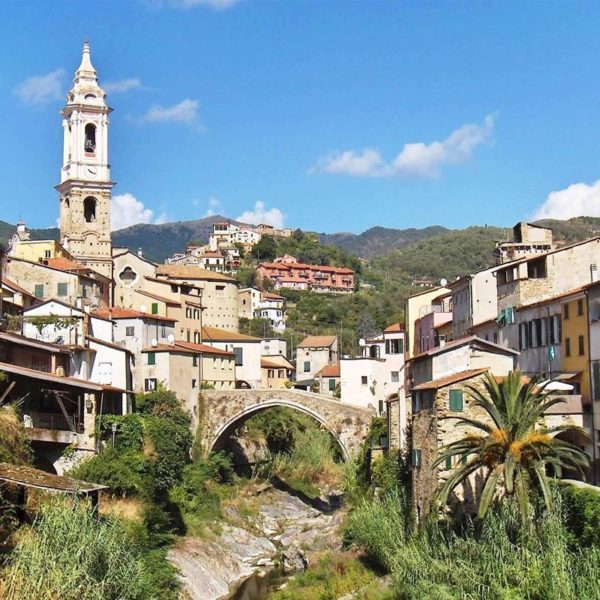
Triora: the land of witches
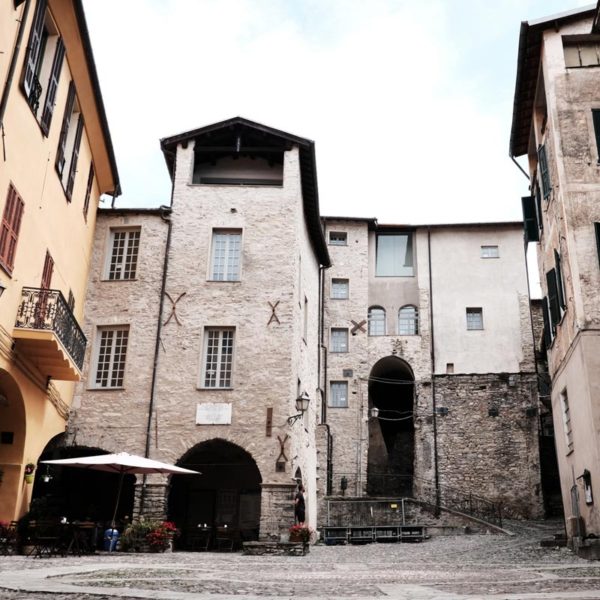
Triora is a medieval village dominating from its 780 meters s.l.m. the whole Argentina Valley. Triora is known above all because an important witchcraft trial was held here from 1587 to 1589. The Museum of Triora Ethnographic and Witchcraft now collects many ancient objects – but sometimes still in use in remote hamlets of the municipal territory, such as Borniga or Goina – which bear witness to a particularly lively and vibrant peasant and pastoral culture. Far from wanting to be just a sterile exhibition of objects, the Museum of Triora invites you to visit the ancient town and explore its charming hamlets, where in some cases the use of tools noted in these rooms can be rediscovered. Thus it will be possible, in contact with an almost uncontaminated nature, to see and breathe moments of an “other life”, perhaps in some way more authentic.
More info on: http://www.museotriora.it/
Don’t miss the Halloween party held every year on October 31st and November 1st.
La Mortola and the Hanbury Botanical Gardens
The magnificent work of Thomas Hanbury, of his brother Daniel, of Winter and of all the curators of the garden of the Mortola, was neither born nor developed from nothing. In 1800 the Ligurian Rivieras and the Côte d’Azur were the destination of Anglo-Saxon travelers who, bewitched by the beauty of the places and by the mildness of the climate, often bought or built properties to spend time not occupied by work in their homeland or even take up permanent residence. Just to give an idea of the flow of travelers from the United Kingdom moving towards the Riviera di Ponente, just think that, at the end of the nineteenth century, the English in Bordighera numbered about three thousand, while the local population was just over two thousand inhabitants . The English are true explorers of nineteenth-century Liguria: thanks to them the thermal baths of Pigna become famous, museums, libraries, newspapers in Anglo-Saxon language are born. The Brown castle of Portofino, the poet Shelley’s fall in love for Porto Venere, is not surprising then, where he will find death and write some of his most beautiful pages…
More info: http://www.giardinihanbury.com
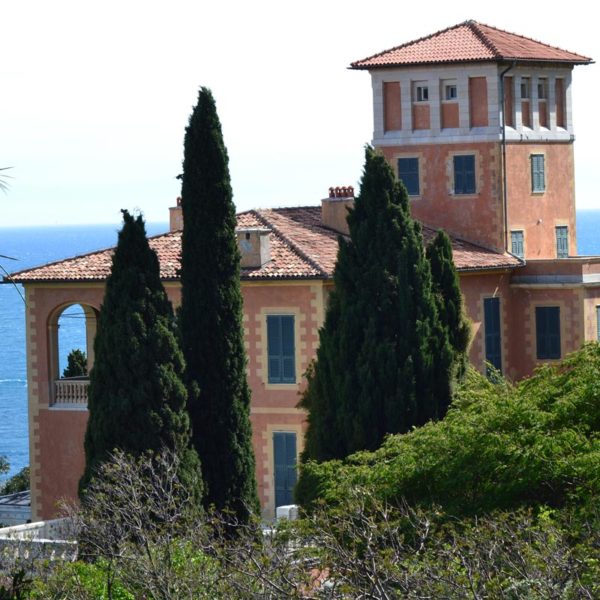
Dolceacqua and the Doria Castle
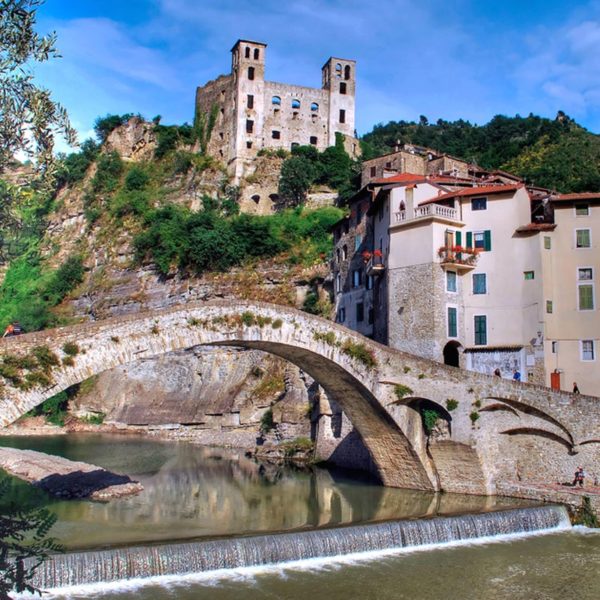
Dolceacqua is one of the centers of greatest historical and cultural interest in the hinterland of the province of Imperia. The history of Dolceacqua is identified with the vicissitudes of the castle and of the lordship of the Doria which boasts among the many characters Caracosa, mother of Admiral Andrea Doria. The Castello dei Doria today allows visitors to immerse themselves in an ancient flavor structure that oozes history, combined with the most modern technologies. To welcome the visitor a garden and a breathtaking view of the Borgo and the “Old Bridge” defined by Claude Monet “a jewel of lightness”. To visit in the castle the new Doria-Grimaldi Room recently restored. Openings: Autumn – Winter: from Tuesday to Sunday Spring – Summer: every day For information on visiting hours, contact 0184 229507 – 337 1004228 Email: iat@dolceacqua.itMore information on: www.dolceacqua.it
Whale whatching: the Pelagos Sanctuary of the Cetaceans
Particular chemical and physical characteristics induced by the morphology and circulation of the waters make the stretch of sea between Sardinia, Tuscany, Liguria, Principality of Monaco and France one of the richest living areas of the Mediterranean. It took almost twenty years to reach the creation of the Sanctuary Pelagos, years of commitment and work for many people who believed in a project and together managed to make it happen. Made executive with the Law n. 391 of 11 October 2001, has the purpose of “taking … the appropriate measures … to guarantee a favorable conservation status of marine mammals, protecting them, together with their habitat, from the direct or indirect negative impacts of human activities”. The reason why this area is one of the most productive and life-rich pelagic environments in the Mediterranean is the peculiar orography of the coast, which gives rise to an area in which particular oceanographic and climatic conditions such as intense evaporation, nutrient supply from the Rhone and movements upwelling of deep water (upwelling), favor a very high primary productivity compared to the average values found in pelagic environments throughout the Mediterranean. More information on: http://www.whalewatchliguria.it
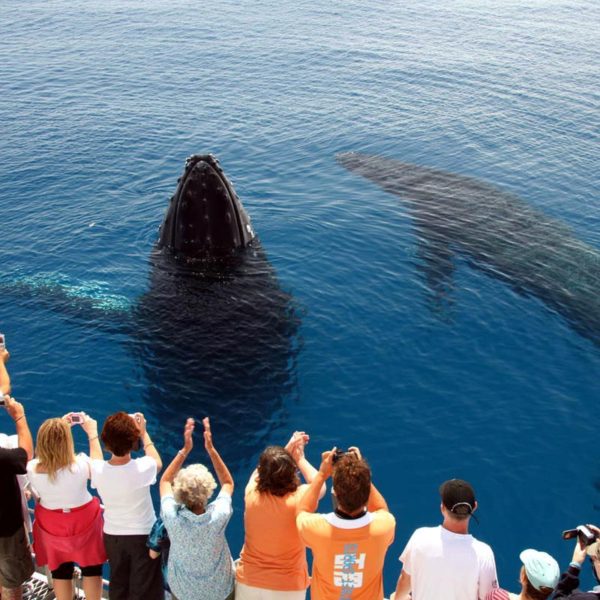
The Caves of Toirano
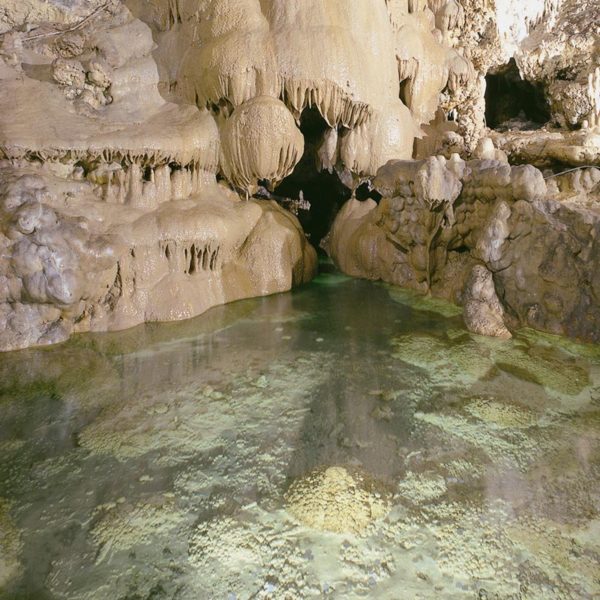
“It is truly a privilege to visit and work in the Grotta della Bàsura, surely one of the most interesting and mysterious caves in Europe. I really hope that our efforts will be rewarded by a more complete understanding of the meaning of the Hall of Mysteries ”. Theya Molleson, British Museum, London HOURS of visits: Morning – from 9.30 am to 12.30 pm Afternoon – from 2.00 pm to 5.00 pm Guided tours with limited numbers of the Caves of the Basura and of S. Lucia Inferior and of the Rupestrian Church of S. Lucia, for a total duration of 90 minutes Last entry half an hour before closing. ALL TUESDAY AND THURSDAY AUGUST NIGHT TOURS WITH APERICENA ON RESERVATION. The caves are accessible to people of all ages but the nature of the route is not suitable for people with psycho-motor disabilities. Route length 1,300 meters – Internal temperature 16 ° C. Proper clothing and footwear should be worn. More information on: http://www.toiranogrotte.it
Genoa and the Aquarium
The ancient Republic of Genoa offers the opportunity to spend a wonderful day. To see the palaces of the Rolli and the Museums of Strada Nuova, (recently awarded the Unesco Heritage Recognition), the historic center with its picturesque alleys and the Cathedral of San Lorenzo, and finally the Old Port and the Genoa aquarium . The Old Port of Genoa, a suggestive square on the sea, by the famous Genoese architect Renzo Piano, offers many opportunities to experience cultural and recreational events and activities, enjoy amazing panoramic views of the city and its port and visit some of the most famous city attractions. The Genoa Aquarium is the largest aquatic biodiversity exhibition in Europe with over 27 thousand square meters, 71 tanks and over 15 thousand animals of 400 different species. A real journey to discover underwater life, suitable for children and adults. A path divided into various sections, able to lead the visitor in the presence of dolphins, sharks, penguins, manatees, jellyfish, seals, tropical fish and Antarctic animals! The touch tanks are absolutely fascinating, where it is possible to caress the breeds and the area dedicated to reptiles and amphibians of river and freshwater forests. The 4 open-air pools of the Cetacean Pavilion signed by Renzo Piano and the 19 tanks of the Biodiversity Pavilion, housed inside the Nave Italia, a real ship redesigned and moored in the Old Port, are of great impact. More information on: http://www.visitgenoa.it
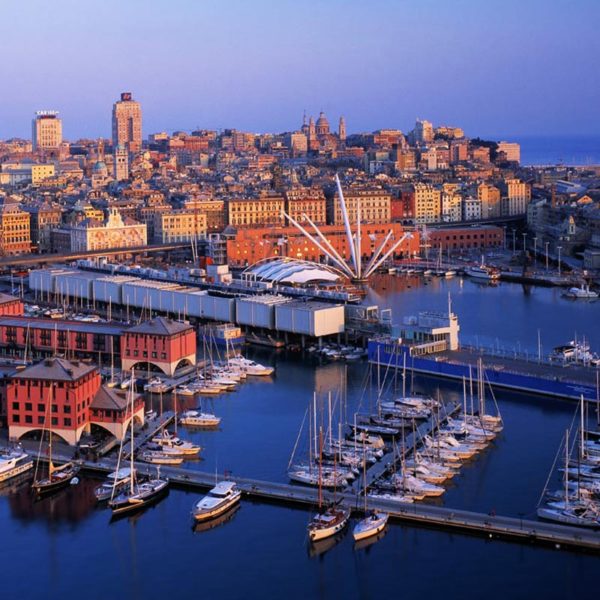
The principality of Monaco Monte Carlo
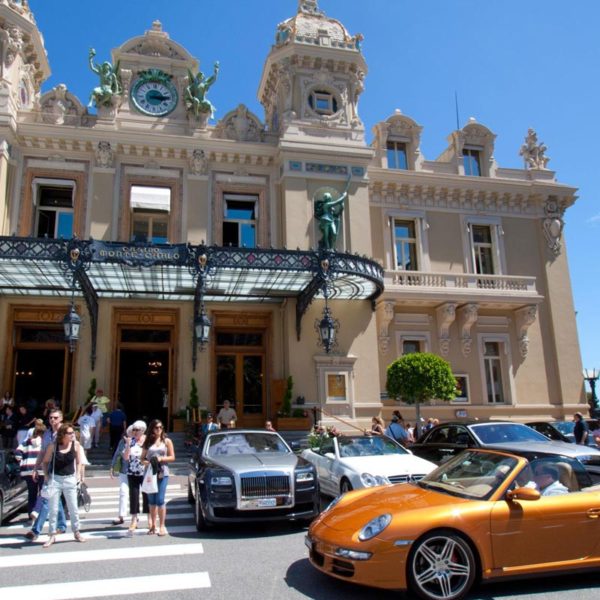
The principality is only 50 minutes drive from Pantasina. The charm of the Principality is undoubted, a place steeped in history, culture, luxury and social life that must be visited at least once in sight. From the Old Town, a true open-air museum, to the Piazza del Casinò, unique in the world, you can retrace the History of the Grimaldis and all the most famous places of the Principality and its Grand Prix. For more information, visit the website: http://www.visitmonaco.com


